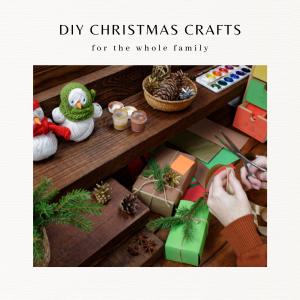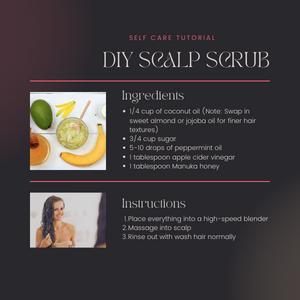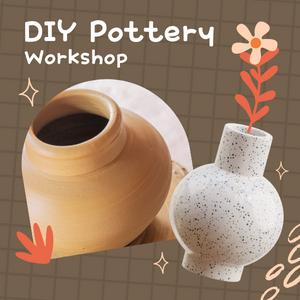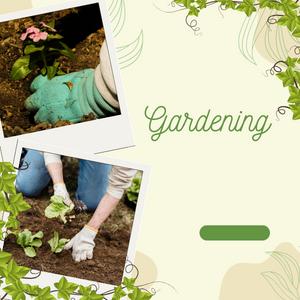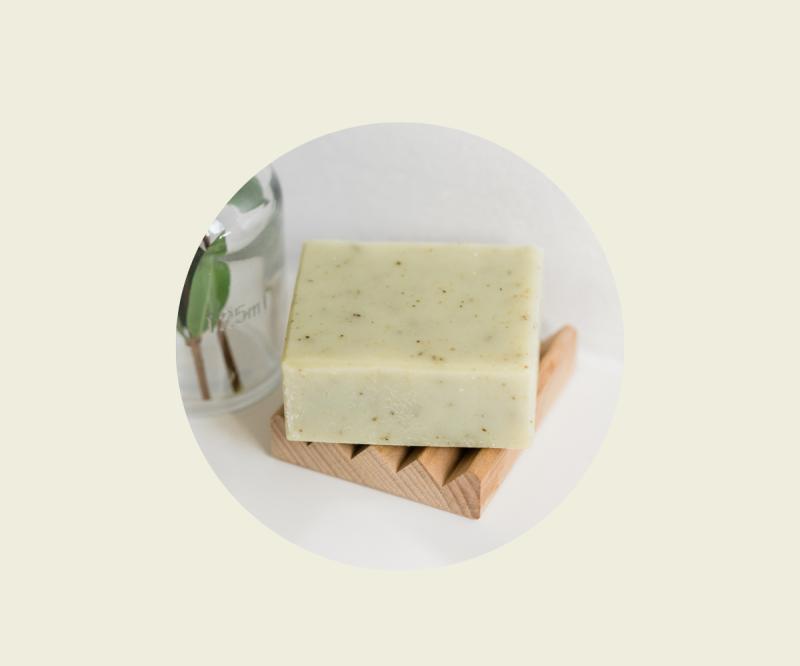
- nripage
- 23 Aug 2024 12:28 PM
- Do it Yourself DIY
Crafting Handmade Soap: A DIY Guide
Handmade soap is a luxurious, customizable product that you can create at home with natural ingredients. Whether you want to pamper yourself or give thoughtful gifts, soap-making is a fun and creative DIY project. This guide will take you through the process of crafting your own soap from scratch using the cold process method, one of the most popular techniques.
Materials and Tools You'll Need:
- Base Oils: Such as olive oil, coconut oil, or palm oil.
- Lye (Sodium Hydroxide): A key ingredient that reacts with the oils to form soap. Handle with care as it's caustic.
- Distilled Water: Used to dissolve the lye.
- Essential Oils: For fragrance, like lavender, peppermint, or eucalyptus.
- Colorants: Natural options include clays, spices, or mica powders.
- Additives: Such as dried herbs, oats, or exfoliants.
- Soap Mold: Silicone molds are easy to use and come in various shapes.
- Digital Scale: For accurate measurements.
- Thermometer: To monitor the temperature of the oils and lye solution.
- Stick Blender: For blending the oils and lye.
- Heat-Resistant Container: For mixing lye and water.
- Stainless Steel or Heat-Resistant Plastic Mixing Bowl: For mixing oils.
- Safety Gear: Gloves, goggles, and long sleeves to protect from lye splashes.
Step-by-Step Instructions:
-
Prepare Your Workspace: Set up your soap-making station in a well-ventilated area, free from distractions. Lay out all your materials and tools, and ensure you have your safety gear on.
-
Measure Ingredients: Using the digital scale, measure out the base oils according to your recipe. Each oil contributes different properties to the soap—olive oil for moisturizing, coconut oil for lather, etc.
-
Heat the Oils: In a stainless steel or heat-resistant plastic mixing bowl, combine the base oils. Gently heat the oils until they reach about 100-110°F (38-43°C), then set aside.
-
Prepare the Lye Solution:
- In a heat-resistant container, carefully weigh the lye.
- Slowly add the lye to the distilled water (never the other way around) while stirring gently. The mixture will heat up quickly and release fumes, so do this step in a well-ventilated area.
- Allow the lye solution to cool to 100-110°F (38-43°C).
-
Mix the Oils and Lye: When both the oils and lye solution are within the same temperature range, slowly pour the lye solution into the oils. Use the stick blender to mix the ingredients together. Blend until the mixture reaches "trace," where it thickens to a pudding-like consistency and leaves a trail on the surface when drizzled.
-
Add Fragrance, Color, and Additives:
- Once the soap mixture reaches trace, add your essential oils for fragrance. Mix well to ensure even distribution.
- Incorporate any colorants or additives, like clays for color or oats for exfoliation. Stir thoroughly.
-
Pour into Molds: Pour the soap mixture into your silicone molds, smoothing the top with a spatula. Gently tap the molds on the counter to remove air bubbles.
-
Insulate and Cure:
- Cover the molds with plastic wrap and insulate with a towel to retain heat, which helps the saponification process (the chemical reaction that turns fats and lye into soap).
- Leave the soap in the molds for 24-48 hours until it hardens.
-
Unmold and Cut:
- Once hardened, unmold the soap and cut it into bars if you used a loaf mold. If using individual molds, simply pop the soap out.
- Place the bars on a rack or a piece of parchment paper in a well-ventilated area.
-
Cure the Soap: Allow the soap bars to cure for 4-6 weeks. During this time, the soap hardens and any residual lye is neutralized. Turn the bars occasionally to ensure even curing.
-
Package and Store: After curing, your handmade soap is ready to use! Wrap the bars in wax paper or store them in an airtight container to preserve their fragrance and freshness.
Final Thoughts:
Crafting handmade soap is a rewarding process that allows you to control the ingredients, fragrance, and appearance of your soap. By following these steps, you can create beautiful, natural soap that’s gentle on the skin and free from harsh chemicals. Whether you keep them for personal use or give them as gifts, handmade soap is a delightful way to indulge in a little self-care or share the love with others.



















